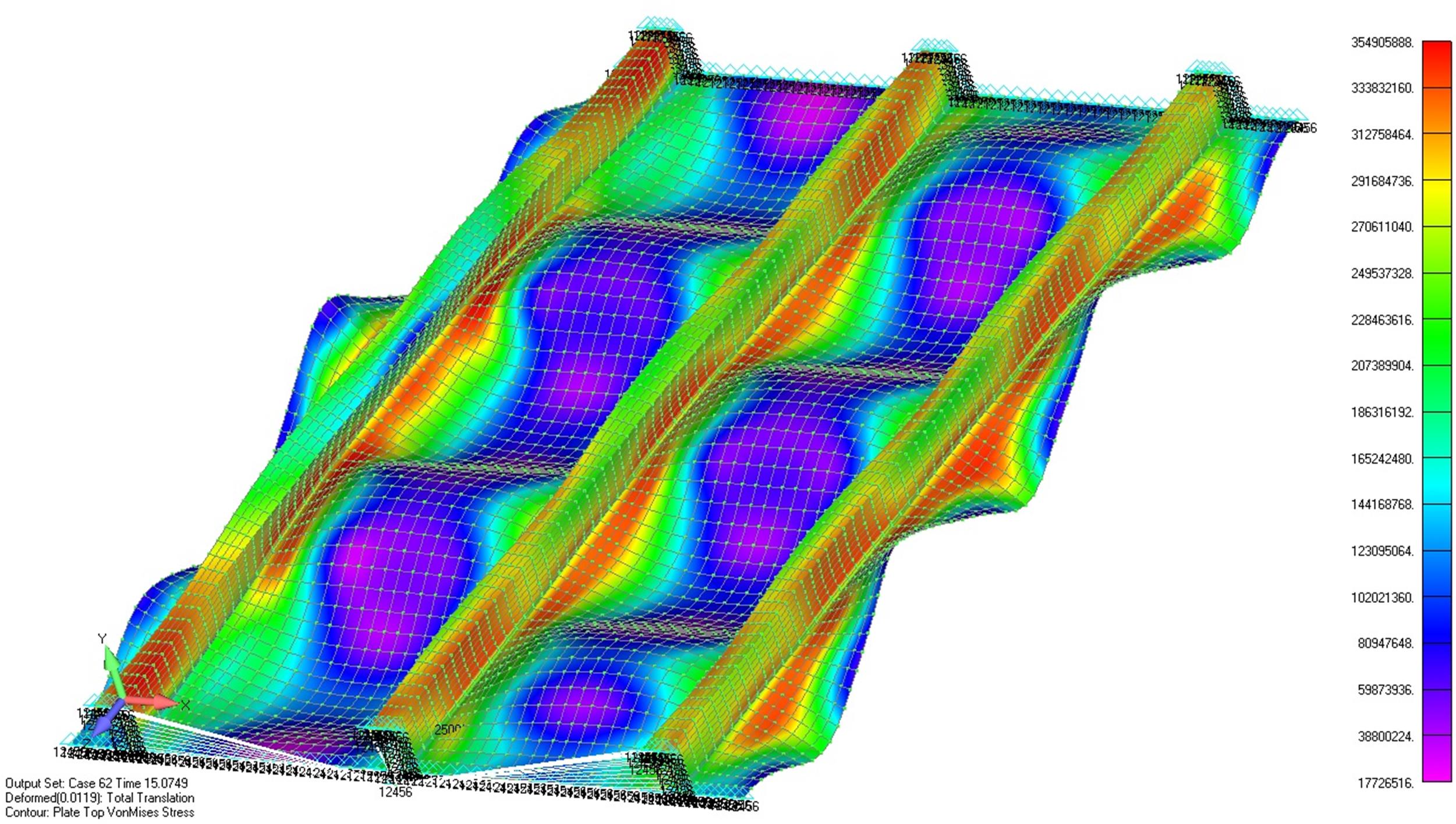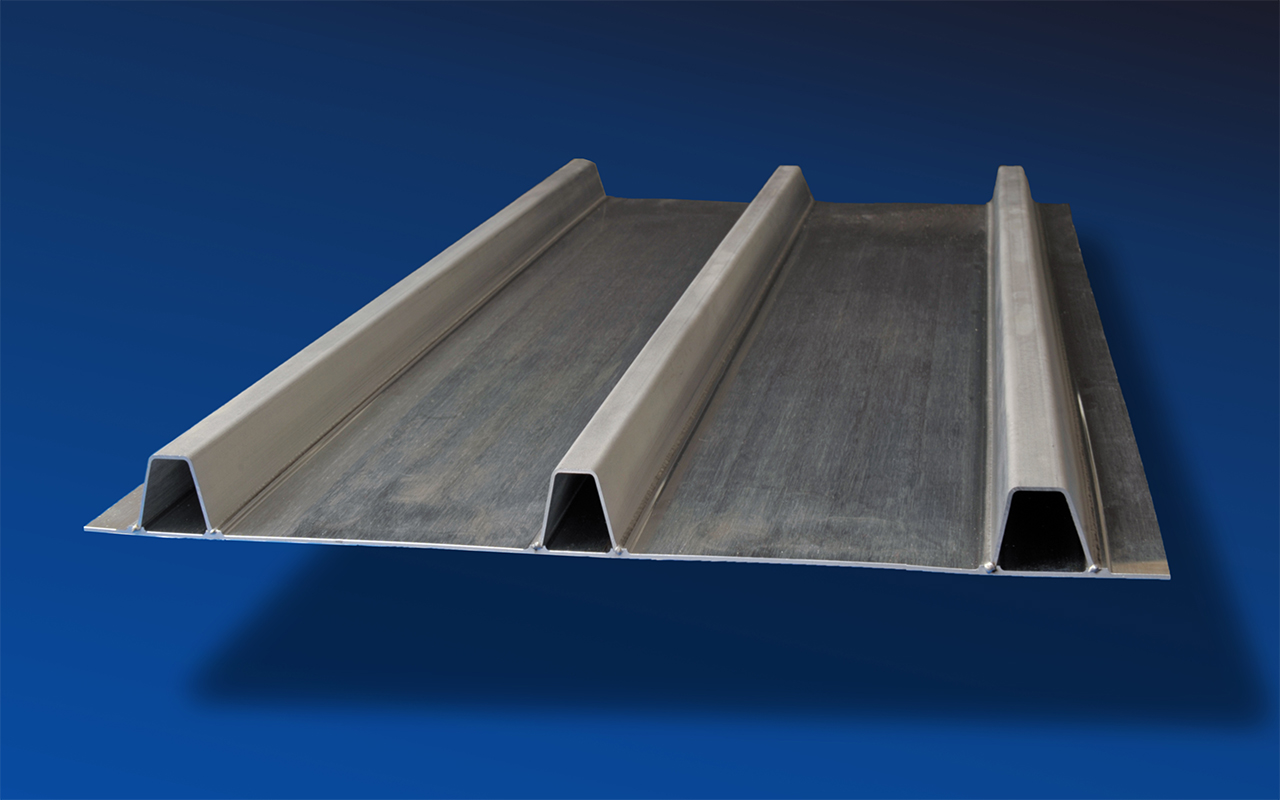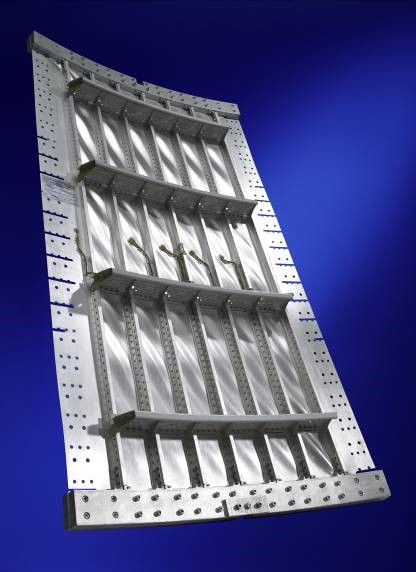


Highly stressable, reliable lightweight structures are essential in aerospace applications. According to the principle of maximum safety, laser beam welded parts and components must not show any static limitations or fatigue tendencies. In addition, they must provide high damage tolerances and offer convincing long-term corrosion resistance.
Considering technical evaluation approaches, we are resAdvantages of laser beam weldingearching high-performance material joints and manufacturing concepts that are equally suitable for drastically reducing component weight and production costs. These include difficult-to-weld aluminum alloys, powder-metallurgically fabricated lightweight components and novel nickel and titanium compounds. An additional focal point is mobility concepts of the future. Here, we are focusing on the advancement of hydrogen storage media and manufacturing concepts for the production of fuel cells with the aim of emission-free flying.
Advantages of laser beam welding
Components
- Unique system concepts for manufacturing three-dimensional, spherical components
- Machine systems with large work area of 10 x 3 x 1.5 cubic meters incl. clamping device and sensor technology enable high automation level
Process
- Simultaneous welding on both sides reduces distortion and residual stresses
- Generation of a uniform seam pattern
- Use of CO2 laser fiber and disk lasers approved for many years in the aerospace industry
Application examples
- Fuselage shells and stiffening structures made of aluminum alloys (e.g. Airbus A318, A380)
- Titanium tubes for air conditioning, hydraulics and safety elements
- Cryogenic hydrogen tanks made of aluminum
- Fuel cells: 0.2 mm thick strips for seal welding and contacting
 Fraunhofer Institute for Material and Beam Technology IWS
Fraunhofer Institute for Material and Beam Technology IWS